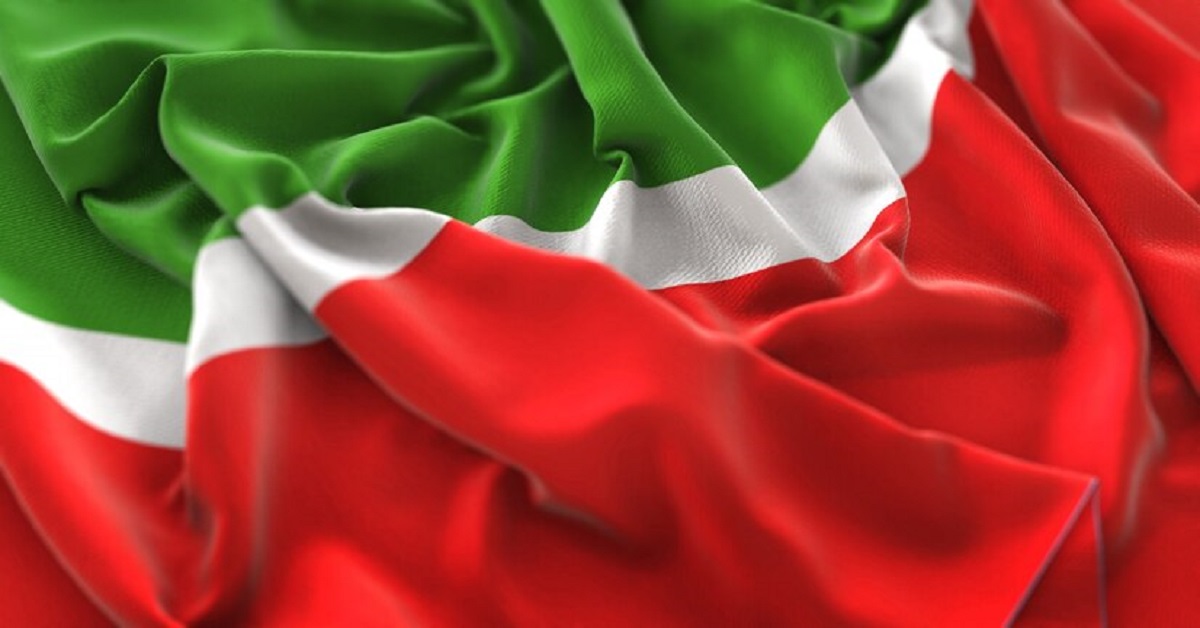Italy, located in southern Europe, is renowned for its rich history, vibrant culture, and significant contributions to art, architecture, and cuisine.
From the ancient Romans to the Renaissance masters, Italy’s influence has been felt across the globe.
Geography and Demographics
Italy occupies a boot-shaped peninsula that extends into the Mediterranean Sea, with the Alps forming its northern boundary. The country shares borders with France, Switzerland, Austria, and Slovenia. Its strategic location has historically made it a crossroads of cultures, influencing its diverse population.
Italy is home to approximately 60 million people, with Rome as its capital and largest city. Italian is the official language, though there are several regional dialects and minority languages spoken throughout the country.
History and Ancient Civilization
Italy’s history dates back to ancient times, with the Roman Empire emerging as a dominant force in the Mediterranean and beyond. Rome, the capital of the empire, was a center of power, law, and engineering prowess.
The remnants of Roman civilization, including iconic structures like the Colosseum and the Pantheon, attract millions of tourists annually.
The Renaissance and Cultural Renaissance
The Renaissance period, originating in Italy in the 14th century, marked a rebirth of art, culture, and intellectual pursuits. Italian cities such as Florence, Venice, and Milan became centers of innovation and creativity.
Artists like Leonardo da Vinci, Michelangelo, and Raphael produced masterpieces that defined the era and continue to inspire awe today.
Modern Italy: Politics, Economy, and Society
After centuries of fragmentation, Italy unified as a nation-state in the 19th century. The country experienced significant political upheavals in the 20th century, including fascism under Mussolini and the post-World War II transition to a democratic republic.
Italy’s economy is diverse, encompassing industries such as fashion, automotive manufacturing, and tourism. Italian cuisine, characterized by pasta, pizza, and regional specialties, has become a global favorite.
Cultural Heritage and UNESCO World Heritage Sites
Italy boasts the highest number of UNESCO World Heritage Sites worldwide, reflecting its rich cultural and historical legacy.
From archaeological sites like Pompeii to Renaissance landmarks like the historic centers of Florence and Venice, these sites preserve Italy’s contributions to human civilization.
Conclusion
Italy’s influence on global culture, art, and cuisine is profound and enduring. From ancient civilizations to the Renaissance and modern-day achievements, Italy continues to captivate the world with its rich heritage and contributions to human history.
Whether exploring its vibrant cities, savoring its culinary delights, or marveling at its artistic treasures, Italy offers a unique and unforgettable experience for visitors and scholars alike.
